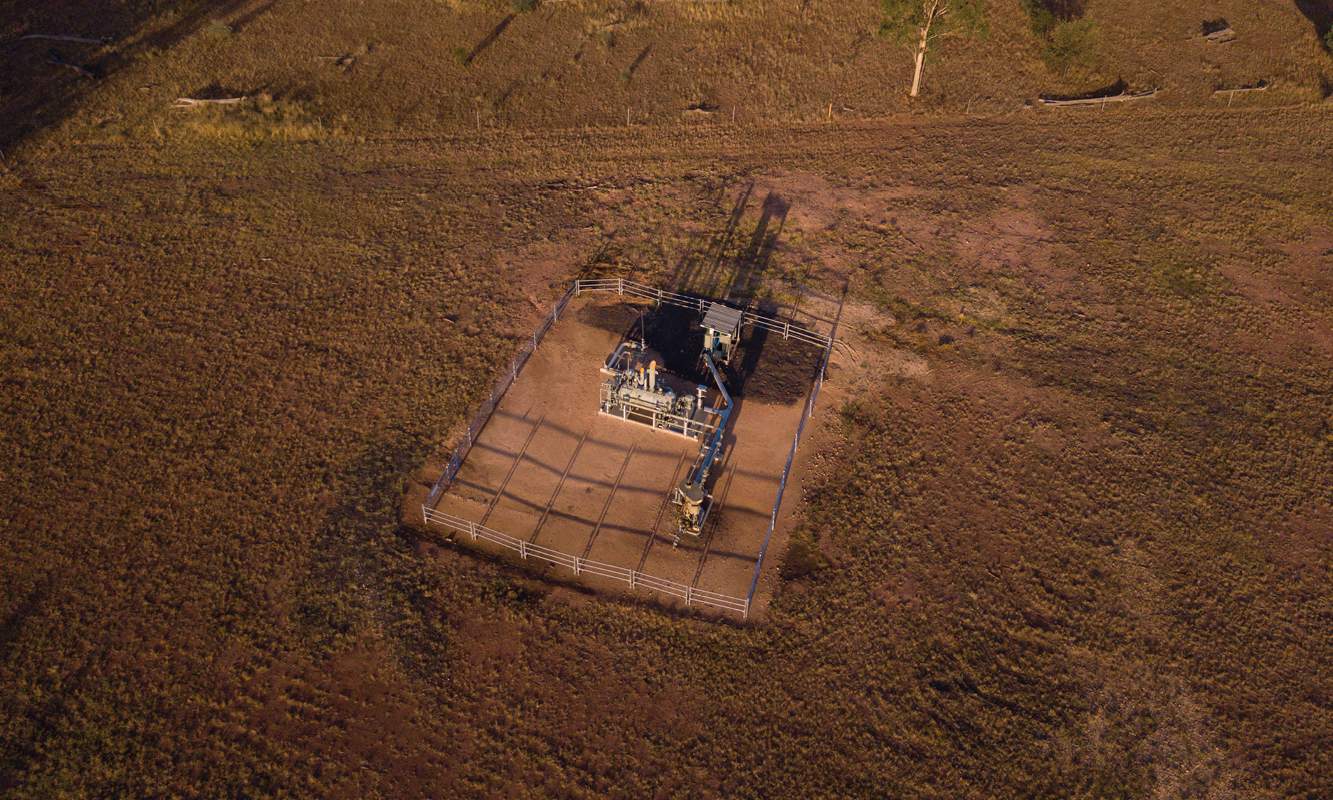Confidentiality is hard wired into legal professionals and that trust is rarely broken.
However, the duty of confidence is not absolute and in rare cases we are entitled to report a client’s state of mind if we think they are a significant risk to self or others.
Two areas where a solicitor may disclose confidential information are to prevent:1
- immediate risk of serious physical harm to the client or others; or
- the likely commission of a serious criminal offence.
Disclosure should be to the extent reasonably necessary to mitigate the danger. These exceptions create a discretion, not an obligation, to break confidentiality.
There are some limited instances where disclosure of a client’s confidential information is mandatory.2
Whether you act
Whether you act will depend upon your impression of the client’s state of mind. While solicitors are not doctors, we are the people on the spot and may need to make a call. We are not aware of any solicitor in Queensland having been sanctioned for making a good-faith decision to breach confidentiality within the parameters set by the above exceptions.
Your decision will often rely on very subjective impressions, and that is okay. The exact same words used by one person might just be venting frustration. Used by another, it is a deadly threat. Reasonable opinion may vary on any set of facts, and you are entitled to exercise your own judgment without waiting for an explicit statement of intent, plan or timeframe.
What does ‘immediate’ mean?
A statement that “If I lose this case, I will have nothing to live for” is of course a red flag that warrants further action, but unless judgment or adverse opinion on prospects is pending probably does not have the required immediacy that justifies disclosure without consent.
Conversely, you do not need to wait until the client specifies a timeframe of hours or days. The requirement is met if you form the view that the client’s state of mind is such that the event could occur at any time from now.
What does ‘serious’ mean?
In the case of physical harm, the term is not defined and has the natural meaning. In many cases threat to life might be in issue, but anything that will (or might) lead to substantial injury would be sufficient.
In the case of a likely criminal offence, “serious criminal offence” is defined in the Glossary appendix to the Australian Solicitors’ Conduct Rules.3 In summary, the offence must be indictable (whether it can be dealt with summarily or not). A potential offence overseas can also permit disclosure provided that is indictable in Australia.4
In the US Lake Pleasant bodies case a lawyer – quite properly – kept the confidence of a serial killer who had taken the lives of several people on the basis that all admitted criminality was in the past. The fact the client was unrepentant and could quite possibly – at some point – offend again did not tip the balance in favour of disclosure.5 The client was in custody pending trial for murder which he had admitted to his lawyers. He also told his counsel about two prior killings and where the bodies were located. The lawyers confirmed the location of the remains but kept silent. The situation may have been different if the client were free and had started waiting outside schools in his car.6
If in doubt: talk to the client
QLS has asked several counselling experts what practitioners should do when faced with a suicidal client. The guidance has been consistent: provided you are sensible in how you respond, talking to the client about your concerns will not make the situation worse or plant ideas that were not already there. For a useful action guide based on this expert advice see here: Responding to threats of imminent serious physical harm.7
The objective is not to attempt amateur counselling but to gauge the client’s state of mind as a foundation to your actions. Direct questions are appropriate: for example, “I was very worried about you following our call this morning. You seemed to be indicating that you were thinking of suicide, is that correct?”
If the client agrees to reach out to their existing support network – whether that is medical or family – this may be sufficient, but that assessment is up to you.
Rather than accepting a vague assurance, you could:
- Work with the client to develop a specific plan as to who they will call, when and what they will tell them;
- Consider assisting by booking an appointment, making a connecting call or other immediate pathway to help; and
- Check back as appropriate to make sure that the client acted as agreed. Schedule a call so you know a phone going to voicemail means trouble, not just that they are in a meeting.
Should you tell the client that you will be disclosing the information?
As a starting point a lawyer must always be fully honest with their client, however each situation will vary. Premature disclosure may generate empty promises or even the possibility that the client may act before their opportunity window closes. You should – at an appropriate juncture – inform them afterwards.
Who should you tell?
The objective is to prevent the harm with as little impact on your client’s interests as possible. Options include:
- If the sequence of events seems to be under way, or you don’t have much information about the client, a 000 call to request a welfare check is appropriate. This is usually undertaken by the Queensland Ambulance Service with Police assistance if needed.
- If you think another person is at immediate risk you can warn them directly. Keep a record of what you say, potentially a recording8 or careful notes made by another person who can act as witness if needed. If the other person is represented, the Conduct Rules permit direct contact in an emergency9 although in practical terms their solicitor will often be the better person to call.
- Reaching out to a child’s Separate Representative.
- If you have more time or knowledge, reaching out to the client’s medical support team or family with your concerns may also be appropriate.
In summary: there is no correct answer and practitioners should consider all of the above issues.
The National Suicide Call Back Service can assist clients with counselling and referral to local health assistance. You can also speak to them to find out what treatment and assessment options are available to your client in their location.10
Suicide Prevention Queensland provides a list of support services tailored to those who might benefit from more specialised assistance, such as veterans, children, Aboriginal or LGBTI people.
What should you tell?
In essence: as little as is necessary to convey what the risk is and why you are taking it seriously. What the client has said, a brief summary of the legal issue to contextualise their situation (if relevant), mental health history (if known) might be disclosed. If you are aware the client is armed or has easy access to firearms this should be stated.
What if I decide not to disclose at this stage?
In many cases, “wait and see” is an appropriate response. In that case, make a plan:
- What event or change would trigger you to take action?
- What action would be most appropriate?
- Do you have contact details for the client’s doctor or the appropriate hospital?
- Ensure support staff and reception are aware that the client is vulnerable. If feasible, have an alternate contact person so that calls from this client are dealt with promptly. Ensure support staff know to escalate any concerns to a supervisor if they are worried by a call and you are not available.
Concerns regarding child welfare
Where an adult in Queensland (including a solicitor) reasonably believes that a child sexual offence has been or is being committed by another adult in Australia they must disclose this to police.11 Where the information upon which this belief is founded is privileged, the disclosure may be excused.
Solicitors who are employees of certain agencies or institutions with a mandatory reporting obligation will have a wider disclosure requirement.
Where a solicitor believes that a child has, is or is at risk of suffering harm they may report their concerns to the Department of Child Safety or police12 without breaching the Conduct Rules or any code of professional ethics. This discretion is broader than the Conduct Rules exception and can apply where the risk is less immediate and where the client has not evinced an intention to commit an offence but only disclosed past conduct from which risk may be inferred.
Further resources
During business hours: Call the QLS Ethics and Practice Centre on (07) 3842 5843. Indicate the matter relates to a threat to harm and you will be given priority attention.
Suicidal client response checklist: Responding to threats of imminent serious physical harm
Whether to disclose (Self harm): Can I disclose information for the purpose of preventing imminent serious physical harm to my client or another person?
Whether to disclose (Harm to others): What should I do if I believe that my client intends to physically harm someone?
Footnotes
1 See Queensland Law Society, Australian Solicitors’ Conduct Rules 2012 (at 1 June 2012) r 9 (‘ASCR’).
2 Where you are aware of or suspect a Trust Account Irregularity in your own firm or another’s, see Legal Profession Act 2007 (Qld) s 260. Where you believe that a sexual offence has or is being committed against a child in Australia and the disclosure is not privileged, see Criminal Code 1899 (Qld) s 229BC. In some instances of suspicious financial transactions or cash transactions above the threshold; see Queensland Law Society, Guidance Statement No. 13 Proceeds of crime compliance and Anti-Money Laundering (Guide, 10 August 2018); Queensland Law Society, Guidance Statement No. 14 Financial Reporting (Guide, 10 August 2018).
3 ASCR (n 1) 29.
4 While the Rules do not restrict the type of offence other than that it must be indictable, in many cases in which solicitors feel compelled to act the threatened offence is a serious offence against the person rather than a property or fraud offence.
5 People v Belge, 372 NYS 2d 798 (1975).
6 US commentary on this point should be treated with caution. The Constitutional enshrinement of the privilege against self-incrimination tips the balance more firmly towards silence there than in Australia
7 Queensland Law Society, Responding to threats of imminent serious physical harm (Information Page, May 2020).
8 This is prohibited without consent where the recording is made using a native function on the telephone device; [Telecommunications (interception and Access Act) 1979 (Cth) (‘TIAA’)] This prohibition does not apply where the other party’s voice is no longer “passing over” the telecommunication system (ie, they are “on speaker”) and the recording is made of that sound rather than of the phone transmission (See TIAA s 5F).
9 ASCR (n 1) r 33.1.2(i).
10 This can vary quite a bit depending on which health service area they reside in.
11 Criminal Code 1899 (Qld) s 229BC. Exceptions include where the affected person is now over the age of 17 and does not want the disclosure to occur, where the offence has already been reported to police. The section also applies where the victim is a person with impaired intellect over the age of 17.
12 Child Safety Act 1999 (Qld) ch 2 pt 1AA and s 197A.














Share this article